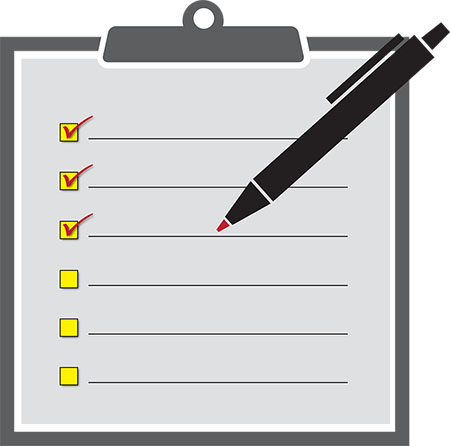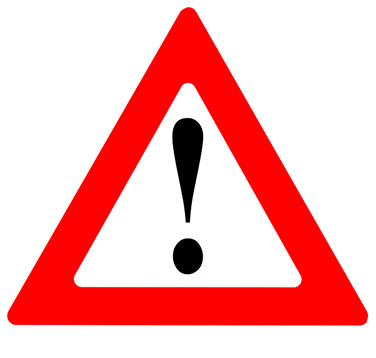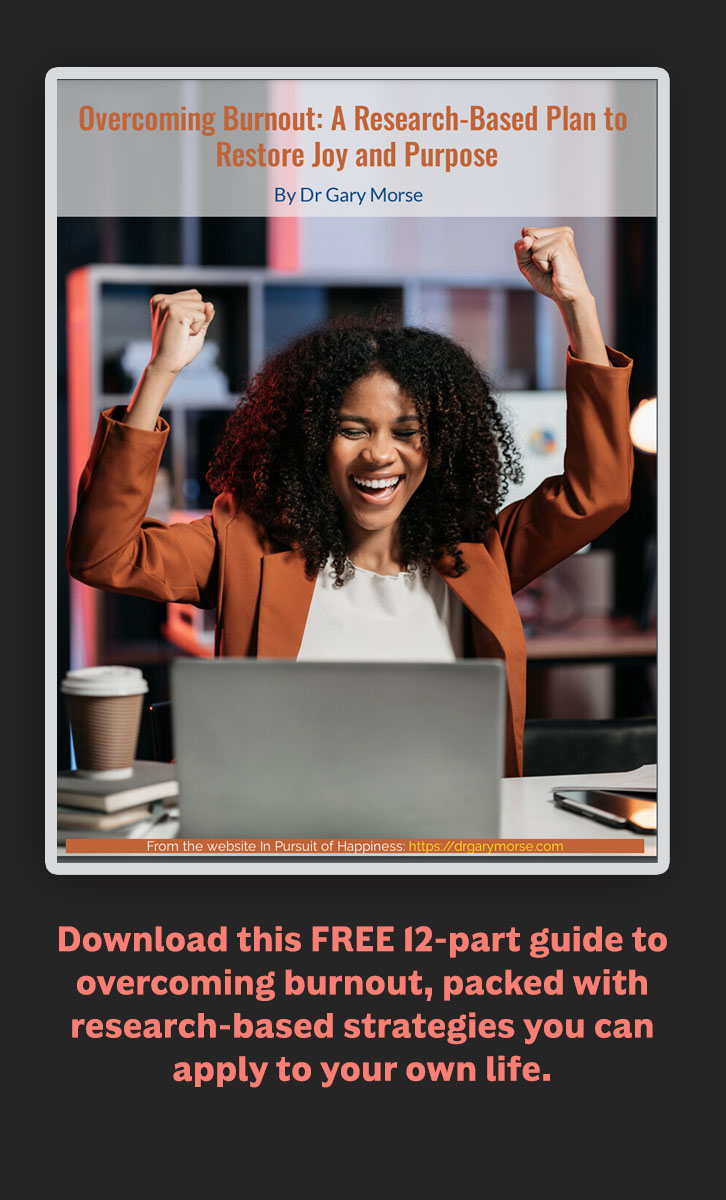A final step in learning to beat burnout is to create your own personal plan, as this twelfth post in the Overcoming Burnout Series describes.
By this point, you have gained considerable knowledge from prior posts and your own experience about burnout and—most importantly—about the skills to overcome it.
Congratulations—you are now at the precipice of a healthier, more meaningful and enjoyable way to work and to live!
Still, there is one important, additional step you can take to increase your ability to overcome burnout and improve your well-being:
Develop a personal plan for combating burnout.

You will be far more successful in changing the way you feel and work if you organize your thoughts and create your own personal plan for preventing burnout.
Creating a plan can be accomplished relatively quickly, although it requires some reflection. The best plans have five simple parts:
- Goals
- Signs and symptoms
- Triggers
- Coping strategies
- Next action steps.
This post describes the five parts. You can also use a worksheet on Your Personal Plan To Beat Burnout to help you with this critical step.
Set Goals
Our desires to change are more successful when we set individual goals.
If you are like most people, you have a general goal to beat burnout and to improve your well-being.
You may also have additional, more specific, personal goals (e.g., feeling less overwhelmed, managing your time better, feeling more meaning in your work). If so, write down any additional, specific personal goals. You can use the Goals line (see question 1B) on your Personal Plan to do so.
Identify Your Warning Signs
Another good step is to write down your personal signs and symptoms of burnout. Perhaps you have already taken this step back in a prior post. If so, that’s great!
If you haven’t had the chance to do so already, you can now write your early warning signs down in your Personal Plan (see Question 2A). You can also write down the biggest problems that work stress and burnout cause you (Question 2B).

Image by Clker-Free-Vector-Images from Pixabay
List Your Triggers
As you may have learned in a prior post, burnout symptoms don’t just appear out of nowhere, even though sometimes it feels that way.
Rather, the signs, symptoms, and effects of burnout are usually precipitated by situations, events, and experiences at work—or even outside of work.
A good step in developing your personal plan is to pinpoint those triggers that lead you to feeling burned out. You can now write down the one, two, or three things that are most likely to cause you work stress and burnout (see Question 3 on your Personal Plan).
Pick Your Coping Strategies
This next step is crucial: What coping strategies and skills will you use when you see triggers or notice your burnout warning signs and symptoms?
Prior posts presented eight major options for combating burnout prevention:
These strategies include:
1. Using “contemplative practices” that create the relaxation response
2. Using cognitive behavioral strategies to identify and change your thoughts that trigger or exacerbate burnout.
3. Rediscovering and sharpening your personal sense of meaning and purpose for your work.

Photo by Cristofer Maximilan on Unsplash
4. Reclaiming control of your time by setting compassionate boundaries and deftly using a schedule to focus on your priorities.
5. Learning simple physical strategies like desk chair yoga.
6. Learning and using an effective method for positively resolving workplace conflicts.
7. Creating your own daily mini-practices for stress reduction and renewal.
8. Harnessing your own natural activities for relaxation and renewal.

Image by rawpixel.com on Freepik
These eight strategies can go a long way in defending against burnout and improving your work well-being.
(And even more skills are possible!. In the upcoming book, Finding Purpose in a Burned Out World: How You Can Overcome Burnout. you will learn 25 skills and more then 50 techniques to reduce stress and burnout.)
Review these strategies and any other ones that work for you.
Then choose the strategies that you can use to bolster your coping and combat burnout. It is helpful to put your strategies down in writing. Question 4 of your Personal Plan presents a place to do so.
It is often helpful to start simply, writing down just one, two, or three strategies to begin with, so you don’t feel overwhelmed by trying to do too many changes all at once. Over time, however, as you become comfortable with putting your new skills into action, you can always add other strategies to build a more comprehensive, stronger set of skills to overcome burnout.
Overcome Procrastination–Take Action Steps
Often, many of us have good intentions when it comes to self-improvement and changing our behavior, but then we procrastinate and eventually forget to take action.
To support yourself in following through with combating burnout, it is useful to think of simple, concrete steps you can take.
It is very helpful to decide on one or two actions that you can take immediately or at least within the next week to get started. Question 5 of your Personal Plan provides you a place to write down one or two steps of your choice that you can take within the next week to begin your plan.

Photo by Jeshouts.com on Unsplash
Writing down when you plan to take these actions (including in your schedule or calendar) will also help you to be successful. In addition, it is helpful to write down other follow-up, future steps you will take—but it’s best to keep it simple!
Once you have completed your personal plan and have committed yourself to overcome burnout, you are ready to put your new knowledge and skills into practice to reduce chronic work stress and boost your well-being.
Know, however, that your plan is not written in stone. It is useful to return to your plan occasionally and reassess your warning signs, triggers, and coping strategies. You may find that your original plan works perfectly well as you originally conceived it.
Or, if you are like most of us, over time you will continue to learn new and better ways on how to overcome burnout and improve your well-being. If so, revise the plan to serve you even better.

Credit: Brooke Eagle on Unsplash
Your personal plan is your guide to feeling and doing better at work—with likely spillover benefits for your life overall. It is a tool that you have created from your personal experience, self-knowledge, and study of the strategies and skills that reduce burnout and improve your well-being at work and in life.
Now all you have to do is to put it into practice in your daily life!
Conclusion
Burnout is epidemic in today’s workplaces—but it is not inevitable. Individually and collectively, we can take action to prevent burnout—and to help those who are already suffering from chronic work stress to recover.
The best approach is a holistic and systemic strategy, given that burnout results from a confluence of factors at multiple levels of human behavior.
Organizations can implement multiple strategies to build less stressful business environments—while still sustaining and even improving productivity—to reduce some of the primary causes of burnout for individual employees.
So too, managers and supervisors can help bolster employee well-being while reducing burnout triggers.

Photo credit: Krakenimages, Unsplash.com
In an ideal world, our culture, our business organizations, our managers and supervisors would all strive to prevent burnout. This is in everyone’s best interest, as burnout is costly to businesses, the economy, and society, in addition to taking a destructive toll on the health and well-being of individual employees.
The reality, however, is that each of us can individually strive to influence our environment, including our culture and business organizations and supervisors, but we cannot control them.
Further, the central actor in your state of work well-being or burnout is you.
You stand at the center of your work world. Each of us individually have the power to increase our coping strategies and skills and to improve our well-being.
Each person can take action to prevent, reduce, or recover from burnout, even in stressful work environments.
The BREATHE program, backed by years of research, development, and practice, is one way for you to effectively combat burnout and improve your well-being.
Eight strategies from BREATHE have been described in this series of posts. Further, the upcoming book, Finding Purpose in a Burned Out World: How You Can Overcome Burnout, provides you with the eight major strategies plus 25 skills and more than 50 techniques for preventing or reducing burnout.
BREATHE has helped many workers to reduce burnout and improve their well-being.
To do so, requires trying new strategies and skills. Learning and practicing them takes intention and effort—but isn’t your well-being and happiness worth it?
Why not try it and see?
The results should be worth the effort.

Photo by Lesley Juarez, Unsplash.com
Lead photo by LinkedIn Sales Solutions on Unsplash.com



Follow Me: